Our 314-hour certification prep program is divided into six courses, which cover a vast amount of content: cryptography, risk management, social engineering, environmental controls, wireless attacks, router security, and so much more.
Program Orientation
• Identify the elements, expectations, and requirements of the program.
• Navigate the program using the pages, menus, and buttons provided.
• Use the program tools, including the study planner, gradebook, and completion report and be able to contact Career Step via phone, email, forums, chat rooms, and social media.
• Identify and use program-specific resources.
A+ Core 1
• Disassemble and reassemble a desktop computer safely.
• Disassemble and reassemble a laptop computer safely.
• Describe and contrast various types and features of motherboards.
• Configure a motherboard using BIOS/UEFI firmware.
• Maintain a motherboard by updating drivers and firmware, using jumpers to clear BIOS/UEFI settings, and replacing the CMOS battery.
• Select, install, and support a hard drive.
• Explain the TCP/IP protocols and standards Windows uses for networking.
A+ Core 2
• Plan a Windows installation.
• Configure Windows settings after the installation.
• Describe special concerns when installing Windows in a large enterprise.
• Use Windows tools, including Disk Management, to manage hard drives.
• Explain how to secure resources on a network via physical and logical access. control, user authentication, and user education.
• Recognize malicious software and remove it to protect personal computers.
• Use and support macOS for Apple computers.
• Use and support Linux distributions with graphical and command-line interfaces.
Network+
• Distinguish between client-server and peer-to-peer models used to control access to a network.
• Configure TCP/IP settings on a computer, including IP address, subnet mask, default gateway, and DNS servers.
• Explain the purpose of ports and sockets, and identify the ports of several common, network protocols.
• Explain basic data transmission concepts, including throughput, bandwidth, multiplexing, and common transmission flaws.
• Identify and describe the physical characteristics and official standards of coaxial cable, twisted-pair cable, and fiber-optic cable, and their related connectors.
• Describe cloud computing categories and models, and discuss concerns regarding cloud connectivity and security.
• Secure network connections using encryption protocols.
• Configure remote access connections between devices.
• Explain the most common wireless WAN technologies.
Security+
• Define information security and Identify threat actors and their attributes
• Describe the different types of vulnerabilities and impact of attacks
• Identify the different types of attacks using malware
• Explain how to create and deploy SecDevOps
• Describe the vulnerabilities and protections of embedded and specialized devices
• Describe the components of Public Key Infrastructure (PKI)
• Describe the different cryptographic protocols
• List different secure network protocols
• Define business continuity
• Describe how to achieve resilience through redundancy
• Describe strategies for reducing risk
• Explain concerns surrounding data privacy
• List methods for protecting data
Program Completion
• Prepare to take the next steps after program completion.

